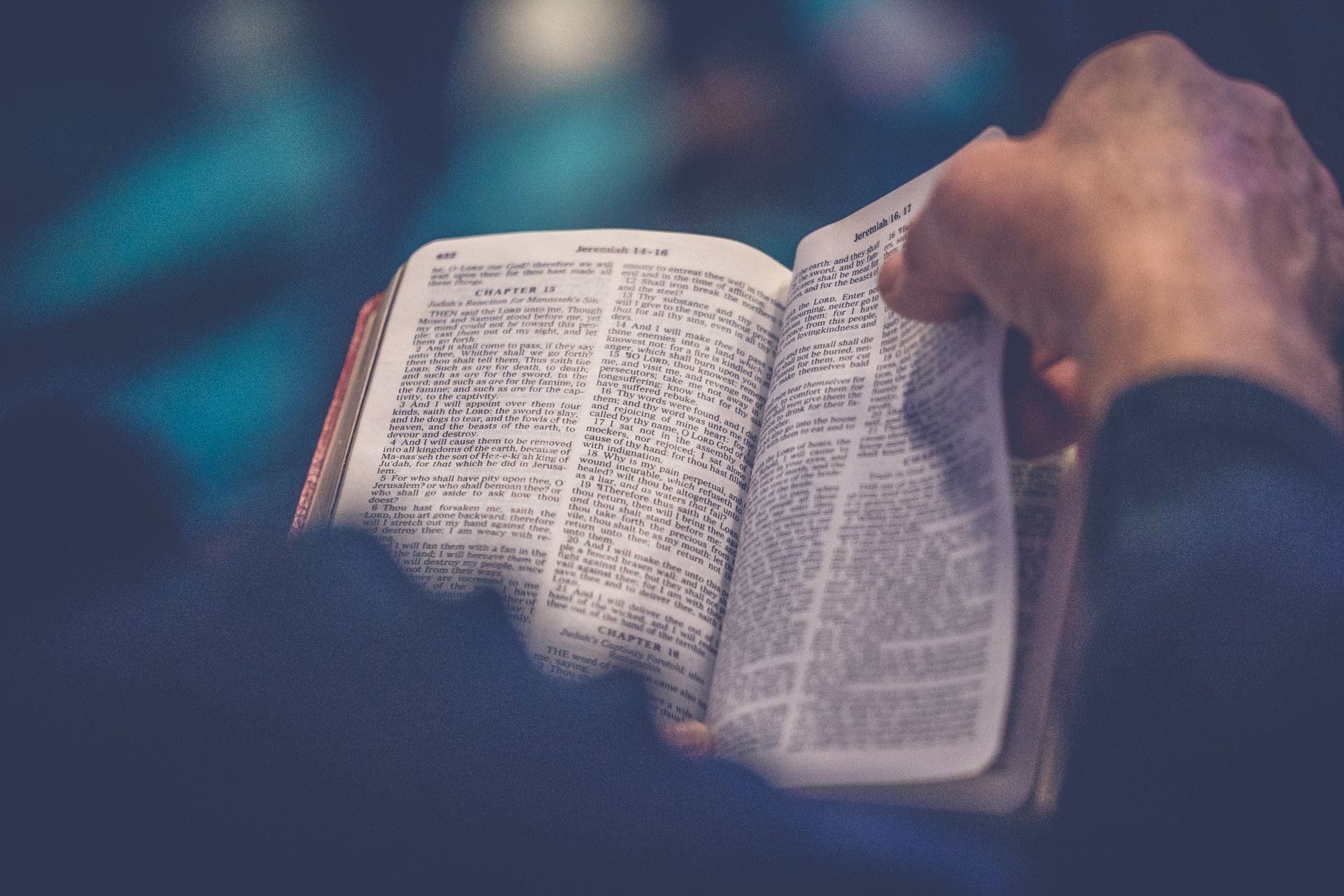Thursday - May 8, 2025
READING
“When life implodes in loss, it takes with it the future we thought was ours. The future can feel like a bleak, black hole.” Lisa Appelo
WORDS OF HOPE
Why the disciples did not recognize the resurrected Jesus on the road to Emmaus is a salient question to wrestle with, and it can also offer insight into our own difficulty sensing the presence of the risen Christ in our lives today.
To refresh the story: As two of the disciples are journeying from Jerusalem after Holy Week, they are discussing “all these things which have happened”—the traumatic events they have just witnessed (Luke 24: 14). They are joined by a “stranger” who asks what they are talking about as they walk along, but Luke says that “their eyes were kept” from recognizing him as Jesus (16). When they tell him what they are talking about, the gospel indicates their emotional state: “They stood still, looking sad (17).” As they continue, they invite the “stranger” to come and stay with them, since nightfall is near. They only discern Jesus’ identity—their eyes being opened-- as he shares the breaking of the bread with them.
So what kept their eyes from seeing the resurrected Jesus? Certainly, one response might be that Jesus looked different after he was “changed from glory into glory.” However, in most of the artistic depictions of the narrative, Jesus is not imaged as all that different from the disciples—no halo, luminousness, or altered physicality. He is often dressed differently—in white mostly and sometimes with a headcovering/shawl on his shoulders, but many times not even that.
For me, the story speaks subtly but powerfully about the nature of the intense grief and disorientation in which the disciples were living. The recent days of injustice and violence, denial and betrayal. The days of witnessing Jesus’ torture and death by the state. The death of their prophet, leader, companion and brother, the longed-for Messiah, the one in whom all their hopes lived. Now gone.
Like an ocean wave, the intensity of grief knocks us off our feet, bringing us to our knees. It impacts not only our emotions—but our bodies and mind. Our immune system is often compromised. Sleep habits are disturbed. We may eat too much or too little, seek substances to dull the pain, isolate ourselves. Energy is depleted. But equally important are the effects on the brain, a condition now called “grief brain.” Mary Francis O’Conner, one of the chief experts on the subject, asserts that “grief is tied to all sorts of different brain functions we have, from being able to recall memories to taking the perspective of another person, to even things like regulating our heart rate and the experience of pain and suffering.”
Another significant interpretive dimension to the story is the effects of witnessing the torture of a beloved one. Dr. J. Carey Jackson asserts that 30% of people who have experienced violence show symptoms of PTSD. And in remembering violence against themselves as opposed to violence against another, “it is not their own suffering that haunts their nightmares, but the faces of others being tortured that they grieve most and can’t shake.” One possible manifestation of this is Cleopas’ reactive response when “the stranger” asks for a recounting of the events. Are you the only one who doesn’t know what’s happened here, he snaps, as if to deflect having to describe the pain he saw. However, Jesus’ continued presence and holding the story of the disastrous events allows the expression of the disciples’ suffering, helping it move through them.
After an unimaginable and catastrophic loss, the road to Emmaus may be our own road. Our resistances to taking it all in, to “seeing”it—is understandable in human terms and verified by neurological processes. Telling our stories, bearing witness to one another’s grief helps us heal in the long run.
PRAYER
Risen Christ, Hear the anguish of our losses and be our healing balm. Amen.
DEVOTION AUTHOR
Dr. Pat Saxon
Need More Inspiration? Read our Daily Devotions






